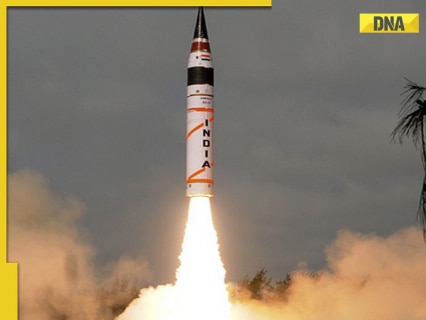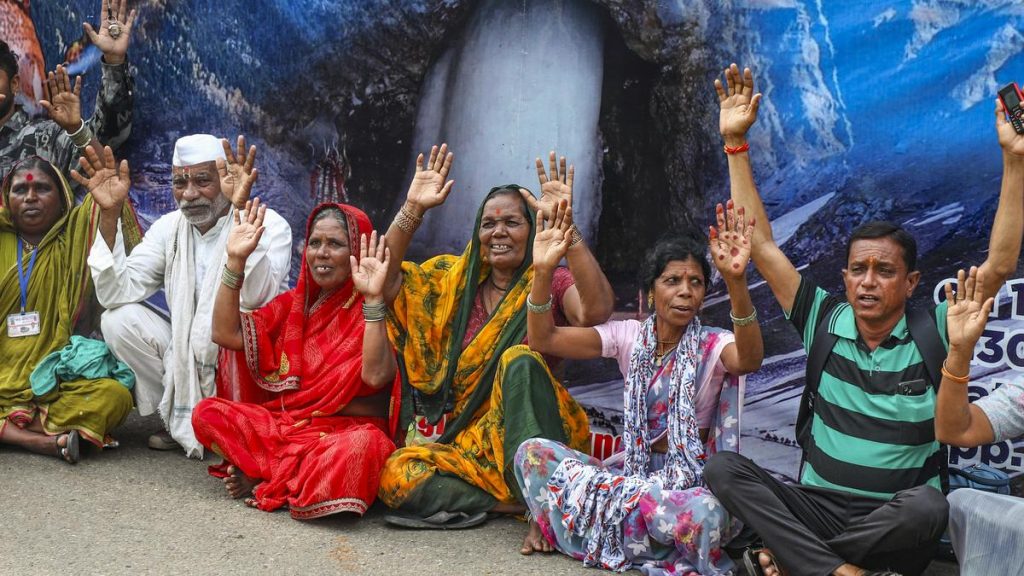Now Reading: India Bolsters Defence with Prithvi-II and Agni-I Missile Launch
-
01
India Bolsters Defence with Prithvi-II and Agni-I Missile Launch
India Bolsters Defence with Prithvi-II and Agni-I Missile Launch

Quick Summary
- India has successfully launched Prithvi-II and Agni-I missiles, bolstering its defence capabilities.
- These missile tests signify India’s focus on enhancing strategic deterrence and showcasing advancements in defense technology.
indian Opinion Analysis
India’s recent missile launches underscore a commitment to national security amidst evolving global geopolitical contexts. The triumphant tests of Prithvi-II and Agni-I reflect the nation’s priority towards maintaining robust defensive postures while demonstrating technological innovation in ballistic systems. this could strengthen India’s deterrence capabilities, signaling preparedness and self-reliance in safeguarding sovereignty. The continuation of such endeavors aligns with striving for regional stability but warrants balanced diplomacy to avoid escalating tensions with neighboring countries.
Quick Summary
- India successfully test-fired Prithvi-II and Agni-I ballistic missiles from the Integrated Test Range in Chandipur, Odisha.
- The tests demonstrate India’s defense advancements amidst ongoing military tensions with Pakistan.
- The Prithvi-II and Agni-I are part of India’s efforts to strengthen its missile capabilities.
!India’s Prithvi-II and Agni-I missiles tested from Chandipur, Odisha)
Indian Opinion Analysis
India’s recent successful tests of the Prithvi-II and Agni-I missiles reflect a focus on enhancing its strategic defense capabilities. These launches serve not only as a technological milestone but also as a clear signal aimed at securing national interests amid geopolitical challenges in the region. As tensions persist with neighboring Pakistan, advancing military preparedness may act as both deterrence and reassurance for national security policy stakeholders. Though, such developments should also support diplomatic dialog to avoid escalation while ensuring peace-building opportunities remain intact.
For more details: Read More
Quick Summary:
- India’s Missile Tests: India successfully test-fired two ballistic missiles, Prithvi-II and Agni-I, from Odisha’s integrated Test Range on July 17, 2025. Both trials met all technical and operational objectives.
- Missile Specifications:
– Prithvi-II: Range of up to 350 km; payload capacity of 500 kg (conventional or nuclear warheads).
– Agni-I: Range between 700-900 km; heavier payload capacity of up to 1,000 kg.
- regional Context: These tests follow India’s brief military conflict with Pakistan in May and aim to strengthen national defence readiness amid rising regional tensions.
- Akash Prime Success: Separately, India’s upgraded air defence system Akash prime destroyed two aerial targets in high-altitude Ladakh conditions. It features advanced indigenous upgrades for operation above 4,500 metres.
- Defence Strategy Milestone: The trials showcase India’s increasing self-reliance in defence technology.
For full details: Read More
Indian Opinion Analysis:
The successful test-firing of the Prithvi-II and Agni-I missiles underscores India’s focus on maintaining robust deterrence capabilities amidst evolving geopolitical challenges. Both missile systems are integral components of India’s nuclear posture and strategic response mechanisms. When paired with advancements like Akash Prime’s success under extreme conditions in Ladakh, these developments demonstrate significant progress towards indigenizing cutting-edge defence technologies.
These achievements hold particular importance following recent tensions with Pakistan, as they serve both tactical purposes-enhancing operational preparedness-and symbolic ones by asserting technological capability on the international stage. Moreover, showcasing reliable performance during critical operations highlights ongoing adaptation based on user feedback-a promising sign for sustained enhancement in indigenous systems.
Increasing focus on domestic innovation positions India not just as a regional powerhouse but also as a potential entrant into global arms markets-a trajectory that could bolster both national security and economic strength strategically over time.




























